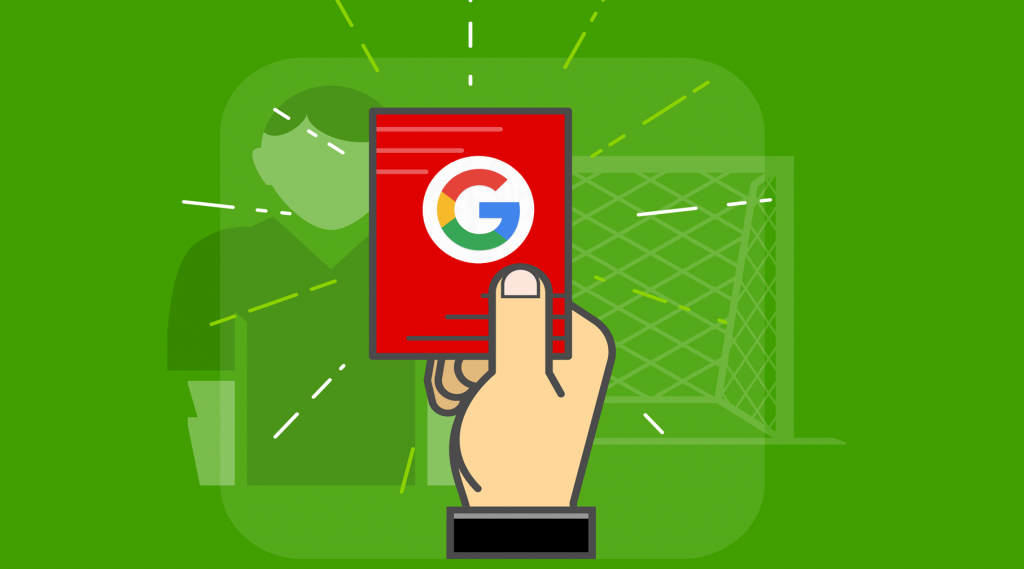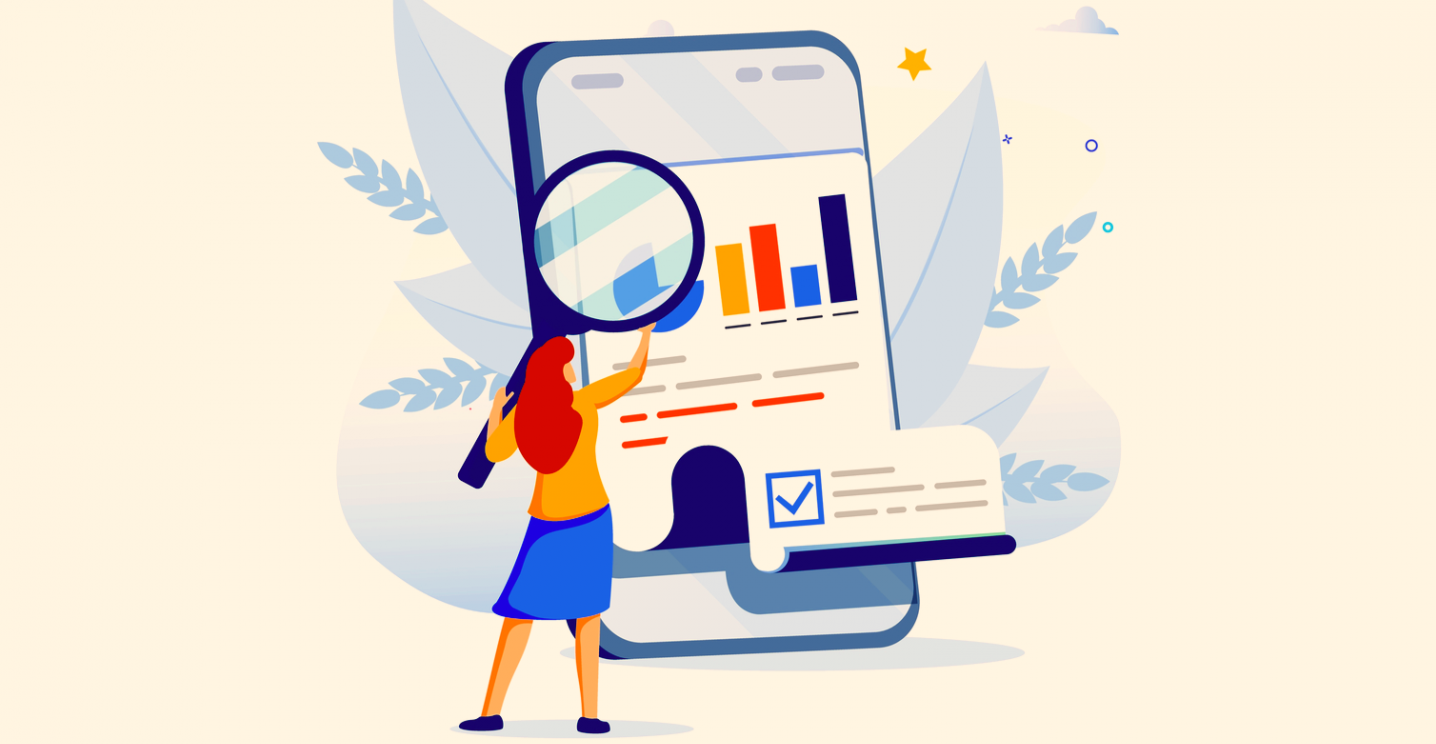You have noticed a drop in your search engine ranking and suspect that Google has penalized or removed you from the results. What did you do wrong? You believe you have been following the correct SEO techniques, but you are now confused about this particular event.
Google has a uncompromising mission. Google wants users to have access to the most accurate and unique information possible.
Every website owner hates it. One day, your website’s Google ranking drops dramatically. It can be demoralizing to lose a few positions on Google’s search engine result pages (SERPs) after all the work you have put in. It means people are having a harder time finding your site, which can lead to them not buying your products or reading your content. What should you do?
There are many reasons you might have been penalized. But these are the most likely.
Why did Google penalize me? What are the top SEO mistakes?
A Google penalty is a sanction against a website whose content violates Google’s marketing practices. This penalty may be a result either of an update to Google’s ranking algorithm, or a manual review that indicates that a website has used “blackhat” SEO tactics.
Google made changes to its ranking algorithm in December 2000. The toolbar extension was launched at that time. The toolbar update was a major change in the SEO industry that helped to create the modern SEO industry. It was actually the first time PageRank was published in meaningful and usable form.
Over the next ten years, Google improved the quality of its search results. It gradually eliminates poor content and raises quality pages to the top search engines. Here’s where the sanction comes in.
Search engines are our main source of traffic. We need to keep up with the latest algorithm updates and make any necessary changes to avoid being penalized by Google. It is a good practice to stay current with the latest updates. You will also have a competitive advantage if your content can be optimized faster than other websites.
How to spot a Google penalty
First, you need to determine if there have been any changes in Google’s ranking. It is hard to pinpoint the reason your site lost its Google ranking. There are many factors that can affect a site’s top position. It is impossible to fix it if you don’t know why. Take a deep breath and approach the situation calmly and rationally. Then, narrow down your options.

Not all of the problems and suggestions described here can be solved by themselves. We will give you simple solutions to your problems.
Google has made a lot of updates over the years that have had a positive or negative impact on websites. If the site is not getting as much traffic, it may be downgrading in popularity. However, if the site does not rank well in search engines, it could indicate that an algorithm has been applied to your site. Google also has manual and algorithmic penalties that can be used to block sites from manipulating the rankings.
You don’t need to be worried. You can check if your site was penalized by following these steps.
These are our top tips for identifying a Google penalty.
Check your Google Webmaster Tools account to see if there are any warning messages or penalties. It’s a good idea if you haven’t checked Google Webmaster Tools or Bing Webmaster Tools yet.
The second step is to analyze your organic search traffic using web analytics software. You can compare your traffic reports and your organic reports to identify instances where traffic or organic traffic has decreased.
Next, consider any recent changes made to your site and determine the type of penalty. You can access your internal or external domains through your web analytics platform to determine if you have been negatively or positively affected by Google penalties in the past.
Why did Google penalize me? What are the most common errors?
Google is constantly changing and revising the way it indexes content.
Although it occasionally posts hints about algorithm updates, the reasons behind these changes are not always clear. It can be hard to fix things.
Google can take two types of actions against websites: algorithmic filters and manual actions (penalties). They both have the same effect on your site’s visibility in search results, and can reduce traffic to it. However, they work in different ways.
Here’s what you need to know about the most common reasons Google causes problems with your website. Although we don’t know all the reasons behind a penalty, it is something we know.
1. Manual penalties
Google may manually penalize your website if it is found to be in violation of its terms. It could be for several reasons:
- Links purchased.
Purchased links can be seen as an attempt at manipulating PageRank. This is where the controversy lies. Your actions may have serious consequences if you buy low quality links, and lots of them.
- Excessive reciprocal connections.
Link exchange was an innocent marketing strategy until it became misused. Google could view link exchanges with clients as a manipulation attempt.
- Duplicate content
This is what we hope you see: duplicate content can make your site less useful to Google and could result in a penalty. Be sure to write unique content.
- Use H1 tags.
A good SEO strategy is built on the correct structure of the content. Google can understand the content of a page by using H1 tags. The excessive use of H1 tags could be seen as an effort to boost the Google listing by using keywords.
- 404 error.
Google wants to see how you present your content. A 404 error on your site is a sign that users aren’t getting the information they need.
- High keyword density is a good idea.
There are many rules regarding keyword density in content. These rules are not proven and high keyword density can indicate poor content. Google can penalize you if it detects a high number of keywords on a page.
- Sitemap data is not available.
Google uses the XML websitemap to analyse the structure of your site, and determine how it is constructed. After ensuring that your XML sitemap has been updated, submit it to Google Webmaster Tools.
Hidden content. Hidden content is a less ethical method of optimizing a page. This includes hiding text to manipulate keyword weighting or theme. This is an offense.
- Poor site loading speed
A slow website is the worst thing for patience. Nobody has the time or patience to wait for a website’s page to open. This would move your users to faster websites. Google will penalize you for this.
Your website is not mobile-friendly
Research has shown that Google search users prefer to use their mobile phones for searching rather than using computers. Google is known for its mobile-friendly experience and penalizes websites that aren’t.
Meta keywords are too often used.
Meta keywords are simple to manipulate, and have been a topic of discussion among SEOs. You should not use more than five meta keywords on one page.
- Spam Comments
A comment section is a great feature for your website. This is a great way to let users communicate with you. It is worth checking because spam comments could still be sent through, even though the spam detection system detects them.
This domain has a poor reputation
When buying a domain, be careful. You are more likely to be penalized if you select a domain name with a poor reputation or that has been subject to a penalty.
- Footer Links
Many people are fond of placing many links in the footer to ensure that their website is easily crawled. Although this was a good practice for webmasters in the past, it has been largely eliminated by the Google algorithm update. This special method of increasing traffic can lead to a decrease in ranking and even a penalty.

While having both inbound and external links can be helpful for your site, trying to “work” the system by buying, hiding, or placing duplicates links throughout your content is not a good idea. Outbound links can only be useful if they’re relevant (such as to active social media pages) or authoritative.
Google determines websites that are authoritative. It will be considered authoritative if it concerns an article published by a university. It won’t be considered authoritative if it is an outbound link to someone you know. Google’s crawlers will influence your site.
Outbound links are used if your site links to articles or to a separate hosted CRM platform. If a link is made from another website to your page, it is considered an inbound hyperlink.
Your outbound and inbound links must be relevant and of high quality. Any link should be related to the products or services you offer, as well as any direct link to your company. Google should also give these sites high quality scores. High quality sites provide valuable content, are regularly updated, and have high authority scores.
- Google algorithm updates
Google’s search algorithm changes constantly to keep up with Web publishing and search trends. Mobilegeddon, Pigeon and Pirate are some of the most recent updates.

You’ll notice that nearly all major algorithm updates by Google are focused on improving user experience. All these updates are a Google effort to provide high-quality search results. Google strives to provide excellent customer service. The best way to ensure your website is visible in Google search engines for a long time is to create a quality website and high-quality content.
2. Algorithmic filters
Google may not have the time or resources to manually check each site and determine if they are following the rules. However, they can do it automatically. Google uses large amounts of data to automatically filter websites that meet certain criteria so they can be ranked at the top. This is called an algorithmic filter.
Usually, an algorithm filter refers to Google’s Panda or Penguin algorithm updates.
Panda: Panda was designed to filter websites with low quality or insufficient content. Panda was born from the removal of useless articles that were being ranked for keywords by article directories such as HubPages or eHow.
Penguin: This update was made to remove suspicious links. Penguin is a tool that checks all links to your site. It automates the process of penalizing sites using suspicious links.
Each type of action has the same result: less traffic to your website.
How to fix a Google penal
If you’ve been penalized, you should identify any sites that link to you that don’t seem to be relevant or of low quality. Next, examine the content of your website and all internal links. You should check your website for grammar errors, typos and duplicate content. After you have fixed any errors, you are able to focus on updating your site content. Google will not penalize your site if you create outstanding content and attract other trusted sites.

Google penalties can be difficult to recover because they cause a bad reputation for the website. It is crucial that the owner of the website avoids making mistakes that could lead to penalties. It doesn’t matter how a web page was acquired. However, it is crucial that SEO practices used to increase traffic to the site are legitimate and organic. It is important to be aware of Google sanctions in order to avoid them.
You may need to consult a professional if you have tried everything and still cannot figure out the reason your site is not ranking well in Google.
Your website will be inspected for technical issues that could prevent it from ranking high in an SEO audit. An SEO professional will examine your website for technical issues and make recommendations to fix them.
